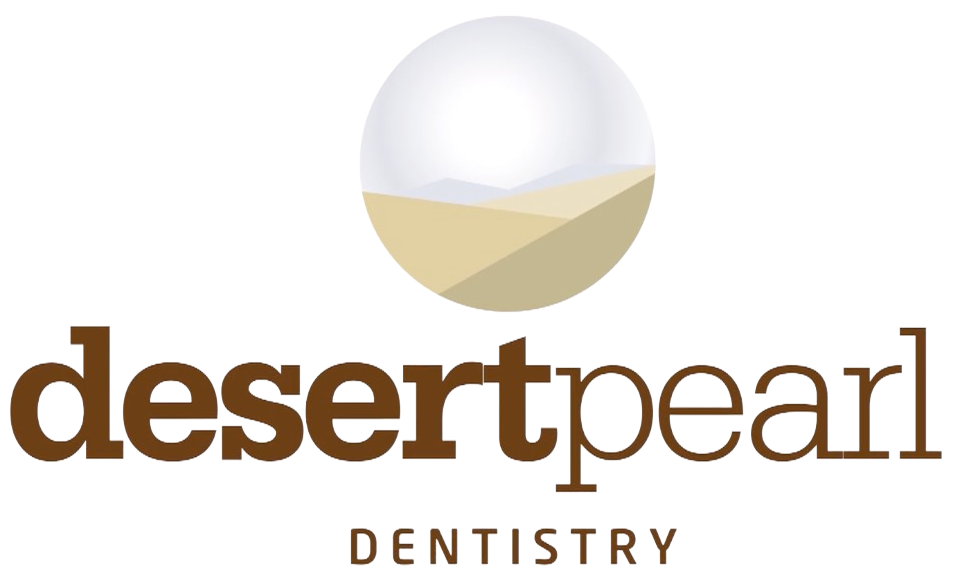Every year we see more patients seeking cosmetic dentistry solutions for their aesthetic concerns. As the costs for these treatments get lower and techniques get refined, they’re becoming more accessible, and sedation dentistry is helping. Dental anxiety is a health concern faced by a significant number of patients, with severity ranging from mere nervousness to a deep sense of unease that can keep them from the dental office. Sedation dentistry is making it possible for these patients to do more than just get their basic dental needs met. For some, it’s a way of overcoming the fear that keeps them from investing in a beautiful smile.
Cosmetic Dentistry Options and The Sedation Methods Used In Providing Them
As the number of cosmetic dental treatments grows, there is an increasing number that requires or can benefit from the use of sedation. Whether the patient is a child who may have difficulty remaining still throughout the procedure or an adult who suffers from dental anxiety, the benefits can be significant. While restoration procedures remain the dental treatment that most often makes use of sedation, cosmetic procedures represent a growing share of them. The following cosmetic treatments require or benefit from the use of sedation:
- Crowns
- Tooth-Colored Fillings
- Crown Lengthening
- Gum Contouring
- Some Veneers
While some of these can be executed without the use of sedation, in many cases, it will be helpful, if not essential. As examples of oral surgery, gum contouring and crown-lengthening, in particular, require the use of sedation. Whether your specific treatment requires the use of sedation or not, there are cosmetic procedures that can definitely benefit. By making the patient significantly more relaxed and comfortable, it can be easier for both they and the practitioner to get through the treatment. The majority of sedation options leave the patient conscious throughout the procedure. This means they can ask questions, provide feedback, and follow directions as the dentist works.
More invasive forms of cosmetic treatment, such as those that require surgery, may require the use of general anesthesia to perform. This form of sedation renders the patient entirely unconscious, leaving them unaware of the work being done from the procedure and with no memory of the process. This form of sedation is necessary when the discomfort will be severe during the procedure, it is particularly lengthy, or the patient must remain entirely still while the work is being performed.
Contact Your Dentist To Get More Information About Sedation Cosmetic Dentistry
Not all providers will provide sedation dentistry options as part of cosmetic procedures. In some circumstances, they will only be available conditionally, such as for patients with diagnosed dental anxiety. As a rule, sedation dentistry isn’t covered by insurance providers for treatments that don’t specifically require it. They also typically don’t cover cosmetic dental procedures, so speaking to your insurance provider to understand your coverage is essential. However, insurance may pay for sedation in cases where the patient has a diagnosis of dental anxiety. Be sure to speak to both your dentist and your dental insurance provider to determine what level of coverage you have for these treatments.



